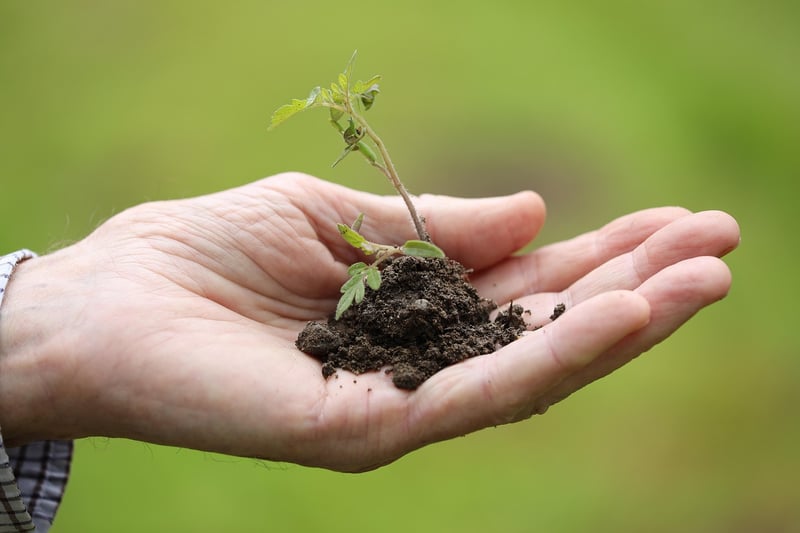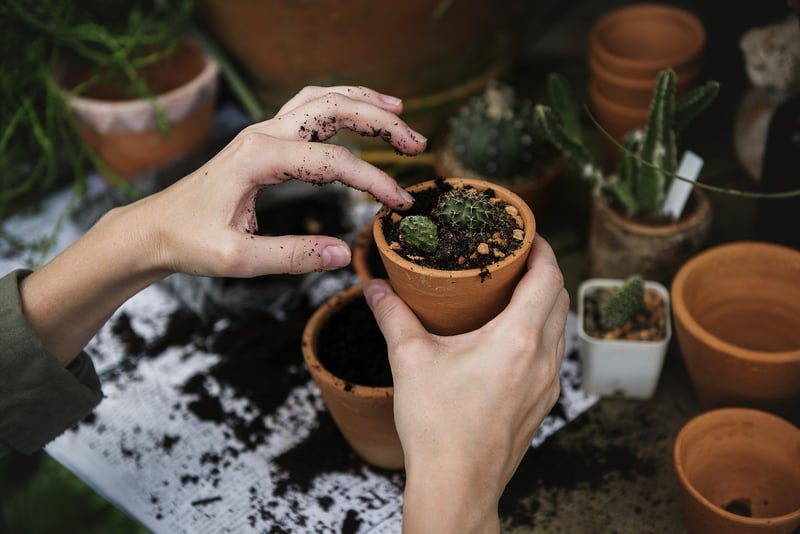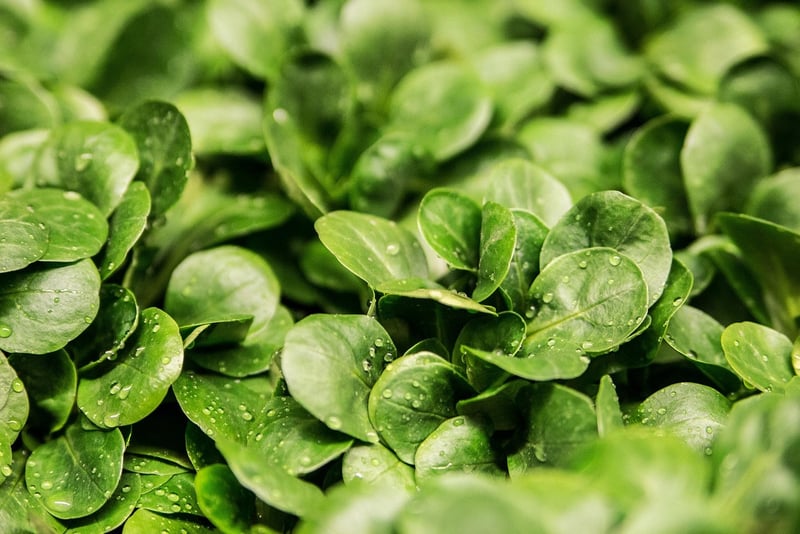Soil Management
Plant Cultivation Methods and Soil Management
Introduction
Plant cultivation and soil management are essential aspects of successful gardening and agriculture. Understanding different cultivation methods and proper soil management techniques can help improve plant growth and overall yields. In this article, we will explore various plant cultivation methods and soil management practices to help you achieve a thriving garden or farm.
Plant Cultivation Methods
1. Raised Bed Gardening
Raised bed gardening involves planting in beds elevated above the ground. This method improves drainage, increases soil temperature, and reduces compaction, leading to healthier plant growth.

2. Container Gardening
Container gardening is ideal for small spaces and allows for flexibility in plant placement. Selecting the right containers and soil mix is crucial for successful container gardening.

3. Hydroponics
Hydroponics is a soilless cultivation method that involves growing plants in nutrient-rich water. This method is efficient in water usage and can result in faster plant growth.

Soil Management
1. Soil Testing
Conducting soil tests helps determine the nutrient content and pH levels of the soil. Adjusting soil pH and adding necessary nutrients can improve plant health and growth.
2. Mulching
Mulching helps retain soil moisture, suppress weeds, and regulate soil temperature. Organic mulches can also improve soil structure over time.
3. Crop Rotation
Practicing crop rotation helps prevent soil depletion and reduces the risk of pests and diseases. Rotating crops can maintain soil fertility and overall plant health.
Conclusion
By incorporating different plant cultivation methods and implementing proper soil management techniques, you can create a productive and sustainable garden or farm. Experiment with various methods to find what works best for your specific plants and soil conditions. Remember that healthy soil is the foundation for successful plant growth.
